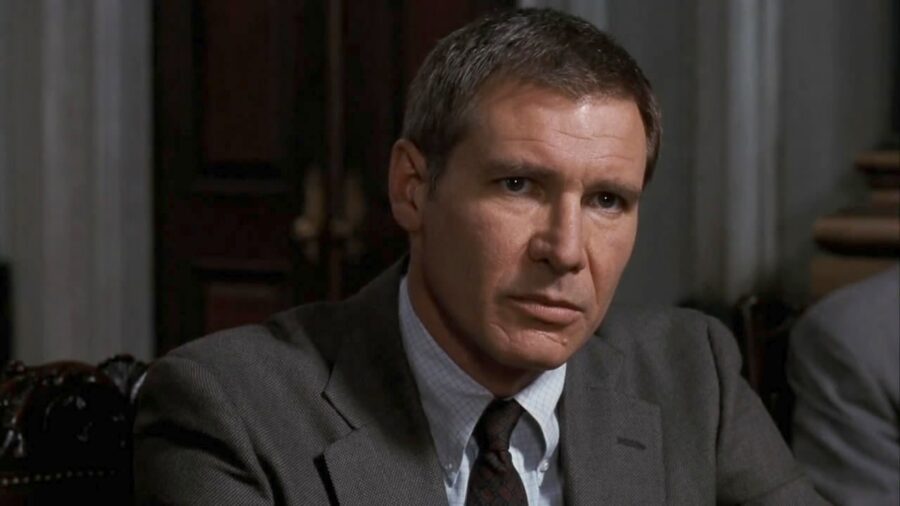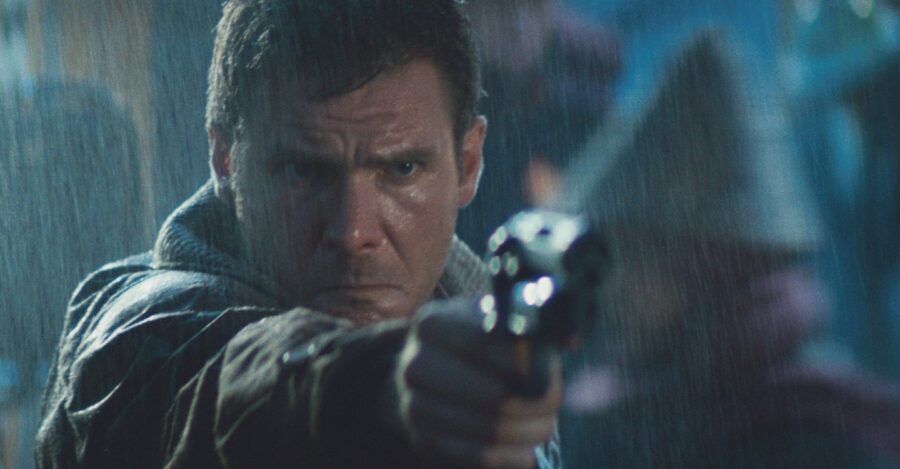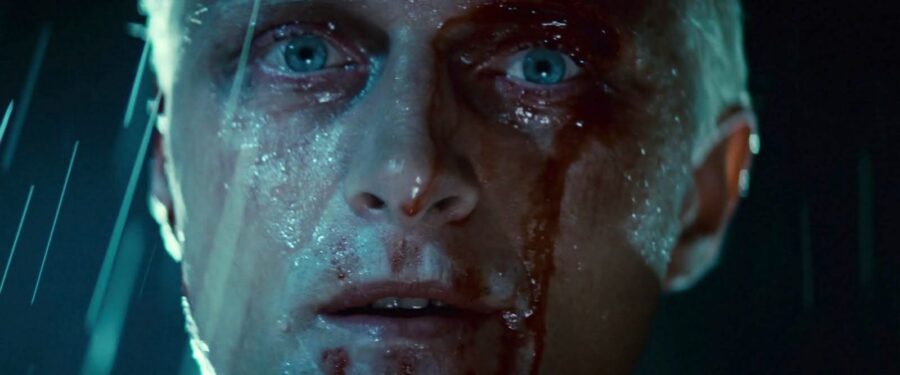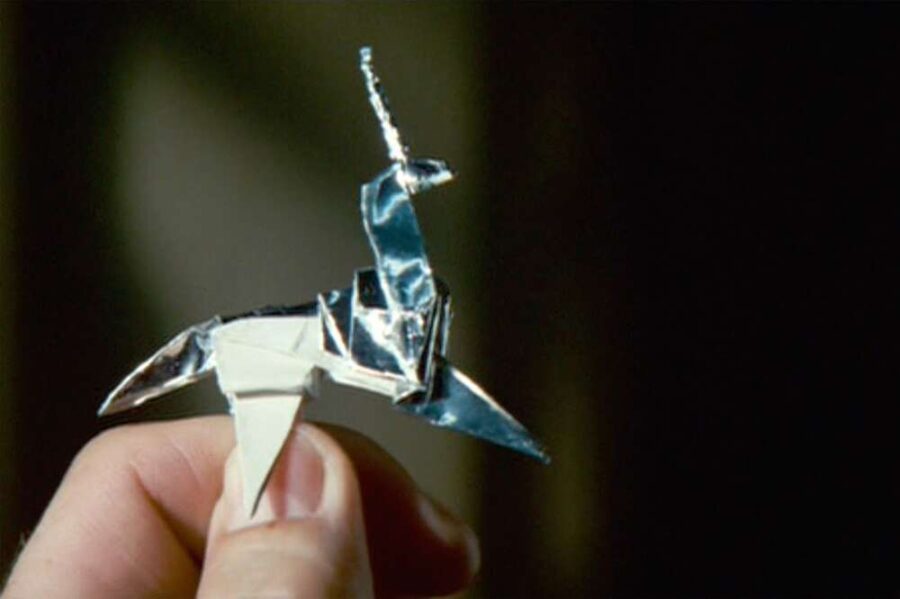A Beloved Harrison Ford Movie Is Leaving Netflix, Stream It While You Still Can
Catch it while you can!
This article is more than 2 years old

Upon hearing the news that Warner Bros. had greenlit Zack Snyder’s Justice League, a number of sites, like Screen Rant, published op-eds claiming that the move set a questionable precedent. Caving to Zack Snyder fans, they argued, would encourage other fandoms to start raging at studios to release similar revised films and TV series and to unleash the same kind of toxicity extreme fandom is known for. However, there is a case to be made that the “precedent” was already set, over a decade before even the original, widely reviled Justice League hit theaters. In 2007, Warner Bros. released Blade Runner: The Final Cut starring Harrison Ford as the replicant-hunting Deckard. The Final Cut was not the second version of Blade Runner, but the third. Ironically, director Ridley Scott had little to do with 1992’s Blade Runner: The Director’s Cut, but with The Final Cut he finally took back the reins. And now The Final Cut is on its way off Netflix, and you need to see it while you still can.
Based on the 1968 Philip K. Dick novel Do Androids Dream of Electric Sheep?, 1982’s Blade Runner takes place in a dystopian 2019 with flying cars and massive buildings that block the sky. It’s implied that things have gotten bad enough on Earth that the only people left there are those who fail to pass physical screenings for space travel to new colonies. In this version of the 21st century are replicants — human-like artificially intelligent beings created for servitude. If a replicant needs to be hunted, it’s Blade Runners like Harrison Ford’s Deckard who are tapped to take them out. With Blade Runners, arrest isn’t an option.

When the film opens, Deckard has quit the police force, but his captain, Bryant (M. Emmet Walsh), makes it clear quitting isn’t an option. Four replicants are on the loose in LA, led by the intelligent and ruthless Roy (Rutger Hauer) and Bryant needs Deckard on the case. We soon learn that the replicants — Nexus 6, the most advanced versions available — have been saddled with 4-year lifespans and they’re in town to find a way to get their creator, Dr. Eldon Tyrell (Joe Turkel), to give them more life. Things get more complicated for Deckard when it turns out Dr. Tyrell’s assistant Rachael is a replicant and doesn’t know it.

Blade Runner was not the film director Ridley Scott wanted in theaters. Along with other changes, the version of the film that hit theaters includes Harrison Ford delivering narration that feels like he’s a private eye in a noir flick and a happier ending with Deckard and Rachael retiring to an idyllic countryside. Some important gore was deleted from the theatrical cut, as was a scene that implies Deckard is unknowingly a replicant himself.
Blade Runner: The Director’s Cut came about because of a mistake. In 1989, the Cineplex Odeon Fairfax Theater requested a copy of Blade Runner for its Sunday matinee show. Michael Arick — Warner Bros.’s director of asset management in 1989 — said he found what he thought was a theatrical cut of Blade Runner, but it was actually Ridley Scott’s cut of the film. This was different, mind you, than what we know as The Director’s Cut as it was altered before being featured in front of wider audiences. Scott finally was able to get control back with The Final Cut.
Perhaps the most significant difference between Blade Runner: The Final Cut and the previous versions is the inclusion of an important dream sequence. While at home, Harrison Ford’s Deckard dreams of a unicorn running free in a forest. This is meant to imply that Deckard, like Rachael, is a replicant who doesn’t know it. That the unicorn is running free of any bonds symbolizes a desire to break free from the service of his creators. When Gaff (Edward James Olmos) leaves a paper unicorn outside Deckard’s apartment, it’s potentially his signal that he knows what Deckard is.

Blade Runner: The Final Cut is leaving Netflix after Monday, February 28, and now would be a perfect time to watch it — not only because it’s on its way off Netflix, but because the world of Blade Runner is quickly growing beyond Harrison Ford’s film. Along with the 2017 release of Blade Runner 2049, and last Fall the anime series Blade Runner: Black Lotus premiered on Adult Swim. Not to mention that there’s a live-action series on the way, Blade Runner 2099, with Ridley Scott attached.













